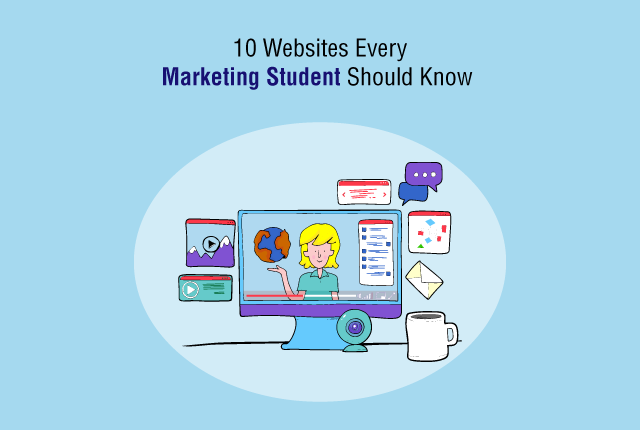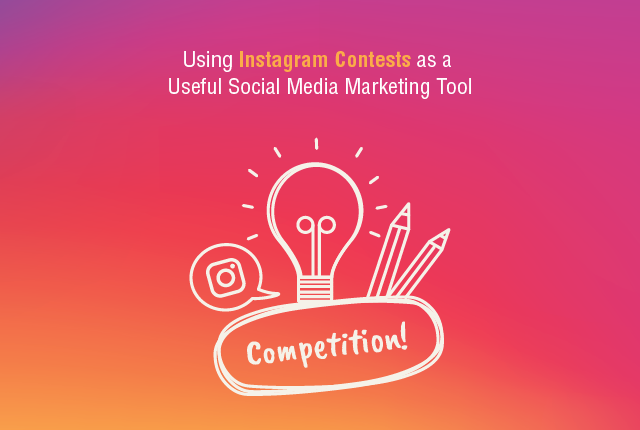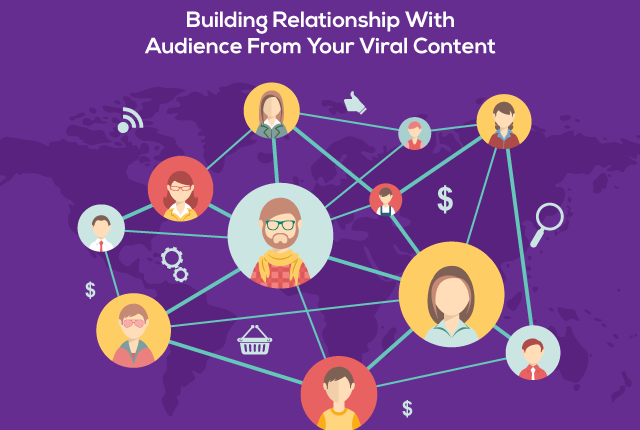SEO – A Beginner’s Guide
Search Engine Optimization (SEO) is the process by which you can improve the visibility of your website by making it rank higher on search engine result pages; through an organic listing as opposed to a paid one. You can do this by deciding on the keywords you wish to target and including them in the relevant content of your website; so that search engine crawlers can detect them and give your website a higher rank.
Search engines use a certain algorithm (details of which are very confidential) to determine the ranks of websites. In order to rank higher, your website needs to meet these criteria. Read this blog for recent updates to the Google Algorithm. http://bit.ly/QJ4LHw
For those of you who are already well-versed with SEO and its techniques, this article on MarketingSherpa will give you better idea of the business effectiveness of the different SEO elements. http://bit.ly/QSuXTk
And for the rest of us, let’s get down to the basics and understand SEO in simple terms.
Why should you carry out SEO?
- To increase product or service visibility to potential local and international customers by ranking higher on search engine result pages
- To generate targeted traffic that can be converted into potential customers
- To get relatively higher Return on Investment as compared to other promotional channels
- To target a selective audience and get maximum mileage from your digital marketing strategy
How should you carry out SEO?
Following are the different activities, that together result into a sound SEO process:
Keyword Research
Your website should target the correct keywords to the right audience that is likely to be interested in your products or services.
Keywords should ideally be included in the Meta tags, Meta keywords, descriptions (all these are read by the search engine crawler but are not visible to website visitors), as well as in the page title and website URL.
Link Building
Link Building is a powerful strategy to get your website a high rank on search engines. It is important to focus on both; the quality as well as quantity of the links.
One-way links, two-way links, and reciprocal links are the three types of links possible. Of these, one-way links are the most preferred, as they are links from other websites to your website; inspite of not receiving links from your site. The next best option is three-way links, by which your website receives a one way link from one website and creates a one way link with another website. These are less detectable than reciprocal links; which are links exchanged between two sites and may be construed as spam if they are too many in number.
Other Link Building Activities
Social bookmarking, forum posting, publishing blogs, submitting articles to article directories, directory submissions of website links, submitting keyword-rich press releases, etc. are some ways to carry out link building and ensure a high number of good quality links to your website.
DoFollow and NoFollow Links
DoFollow and NoFollow codes refer to HTML coding of a website that instructs a crawler to access or reverse from a particular link. A NoFollow command in the code for the link results into the link being ignored by the crawler and the website does not receive any link juice. On the other hand, a DoFollow code transfers link juice to the website that the link refers to. DoFollow links are valuable for SEO and NoFollow links should be avoided.
For more details on SEO history, basics, techniques, elements, and tips to keep in mind while carrying out SEO, you can check our SEO Beginners’ Guide.
Do reach out for any clarifications, feedback, comments, or questions.
Marketer, Maven, Mentor. 3 Ms that define Siddharth Hegde, a.k.a. Sidd, Managing Director of the effervescent and ebullient Digital Marketing Agency, Ethinos. He tucks in over 18 years of sales & marketing experience under his belt, gathered from Fortune 500 and other inspiring companies that he has worked with. Sidd is a technology zealot since almost two decades, keenly tracking the interplay between technology, design, and usability across products and services. He brings to the table an industry understanding & background in digital strategy formulation & implementation. In his free time, he enjoys sailing, scuba diving, white water rafting, trekking, and seeking out the outdoors.




what do you think?